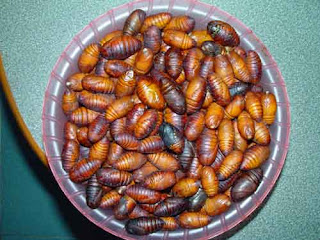How long will fresh chicken eggs keep in the refrigerator?
This is a question we are often asked, so let's discuss it.
If it's something we've learned this past year, it's the importance of using good quality fresh eggs.
Eggs from local farms, Whole Foods and Trader Joe's sell fresh eggs that are high in quality, and the cost may be around the same as the lower quality eggs found elsewhere.
Fresh eggs can remain edible for more than a month, but freshness (egg yolk that sits firm and high, and a healthy looking egg white) will be noticeably less after two weeks.
If eggs start out as Grade AA, they remain AA for only two weeks if properly refrigerated. After that, they'll be Grade A for another 2 weeks.
Here is a way to test the freshness:
Get a bowl of cold water.
Put the whole egg in the water. If it sinks, it's fresh; if it floats to the top, it is old. It will kind of lay almost on its side. You can see the age of it by how much it floats.
However, by putting the eggs in water, you wash away the bloom from the egg, a protective layering that prevents bacteria from entering the egg.
Farmers have 30 days from the day an egg is laid to get it to stores. Then, the stores have another 30 days to sell the eggs. The USDA recommends a maximum of 5 weeks in your refrigerator before you discard your eggs.
What does this all boil down to?
On April 1, you could be eating an egg that was laid on Christmas.
Most farmers ship their eggs to stores within a week, and both the "pack date" and "sell by" date are stamped onto the carton. The numbers run from 1-365, depending on the day of the year. Lastly, there is a big difference in taste between farm fresh eggs and week-old eggs. If you want the freshest eggs, buy from a local farmer.
There is an expiration date on the carton, but if you have doubts, put the egg in water. If it floats, do not use it.





















